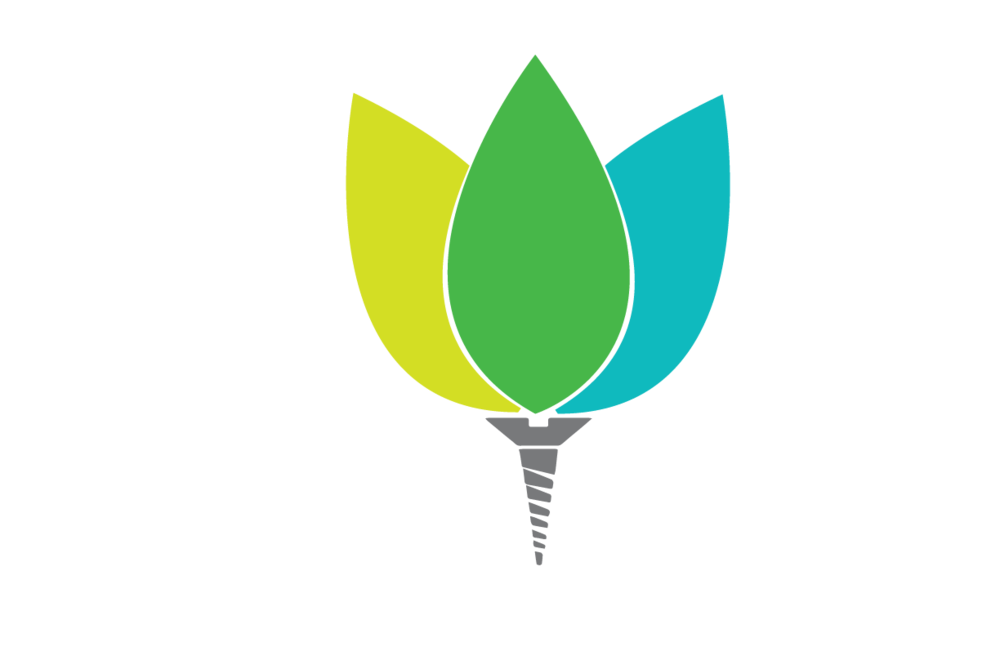Date: Friday January 27, 2017.
Location: Langton Street & Harrison Street, San Francisco, California.
Weather: Cool, dry, overcast with lots of sunshine and warmth.
This reflective session was done along my daily foot-commute from my car to my office. I plucked this terrible looking, dust-covered leaf and noticed, after I picked it, just how delicate and fragile it was. As I tried to remove some of the dust off its side, I felt it cracking under the gentle pressure of my index finger. How could something so tender survive in this filthy, industrial landscape of downtown San Francisco? I turned the leaf of in my hand, more carefully this time, and noticed that there was something cocooning on the underside of it.
The following 3 adaptive functions (found in Biomimicry Taxonomy) describe processes that I recognize in this dusty, inhabited leaf:
- Adapt Behaviors
- Optimize Space / Materials
- Coevolve
It's amazing to see that trees and other natural life, those seen and unseen, can adapt to these harsh conditions. I can barely get my orchids to come back each year and they sit in the same spot all year, with similar controlled conditions.
I wonder... if this tree can survive on a busy street, how resilient and adaptive are the plants we eat? Do these edible plants need to be grown on a farm and surrounded by pesticides which are not only killing pests but humans as well or could we keep these plants indoors and hereby grown only what we need?
What if our buildings not only supported the food energy that we need, but also mirrored this urban tree in the aforementioned functions of adapting behaviors, optimizing space and materials, and coevolving?
- If a building adapted behaviors, it could relate to people and the planet differently, and be more resilient and adaptive.
- If a building optimized space and materials, it would not create waste, and if it did create waste, that waste would become food or energy for another living thing.
- If a building coevolved, its systems would evolve along with people and nature instead of requiring updating in order to avoid becoming obsolete.
What are the systems in the built environment that prevent structures from adapting, optimizing and coevolving?





